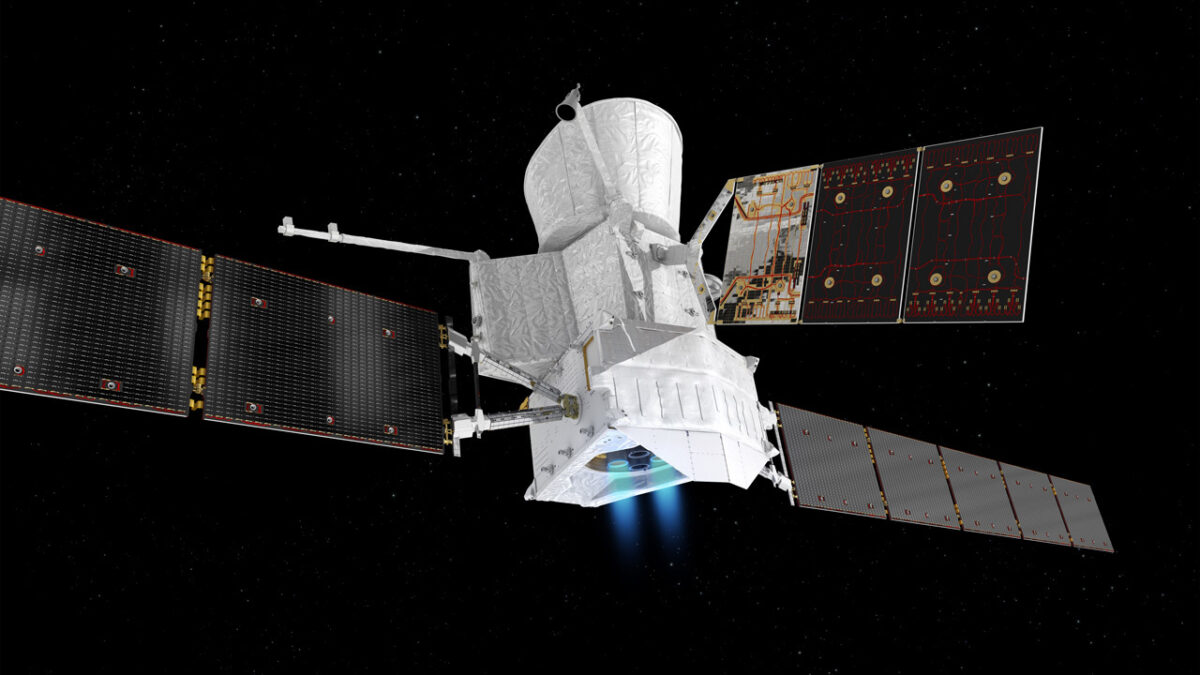The joint mission of European Space Agency (ESA) and Japan Aerospace Exploration Agency (JAXA)- BepiColombo- has completed third of its six flybys of mercury on June 19 2024.
It is the first mission to mercury for both ESA and JAXA.
With the recent flyby, tectonic and volcanic activities and a new crater are coming to light.
The gravity assist close flyby took place on the night side of the planet at about 236km above the planet surface. Few among the images of mercury’s scotching surface have been released by ESA within 24 hours of the closest approach.
Joint Mission BepiColombo
The international mission BepiColombo is named after the scientist Giuseppe (Bepi) Colombo who first proposed the interplanetary gravity assist maneuver used by 1974 Mariner 10 mission. BepiColombo comprising two spacecrafts launched together- Mercury Planet Orbiter (MPO) and Mio (Mercury Magnetospheric Orbiter, MMO)- will conduct a comprehensive study of mercury.

Newly Named Crater
A 218 km wide peak-ring impact crater discovered during this flyby has been named Manley after the Jamaican artist and arts educator Edna Manley. The naming was done by International Astronomical Union’s Working Group for Planetary System Nomenclature.
David Rothery, Professor of Planetary Geosciences at the UK’s Open University and member of BepiColombo MCAM Imaging Team explained that the crater will be of interest for the BepiColombo scientists in the future since it has excavated dark ‘low reflectance material’ that may be remnants of Mercury’s early carbon-rich crust and because the basin floor within its interior has been flooded by smooth lava representing Mercury’s history of volcanic activity.

BepiColombo will know more about Mercury’s geological history by studying the Manley crater from the orbit later. It will try to measure carbon in the crate and minerals associated with it.
Tectonic Feature- Beagle Rupes
Spacecraft has also captured Beagle Rupes which is one of Mercury’s many lobate scarps, tectonic features that probably formed due to cooling and contraction of the planet, causing its surface to become wrinkled.
Beagle Rupes first seen in January 2008 by NASA’s Messenger mission curves back at each end more strongly than most others on mercury. It cuts through a distinctive elongated crater named Sveinsdóttir. The nearby impact basins flooded by volcanic lavas makes this an interesting region for follow up studies by BepiColombo.
The mission’s next flyby will take place on September 5, 2024. The next arc sequence that will last for about 6 weeks will start in early August. The MPO led by ESA and Mio led by JAXA will separate into complementary orbits around the planet and will start their main science mission in early 2026.













